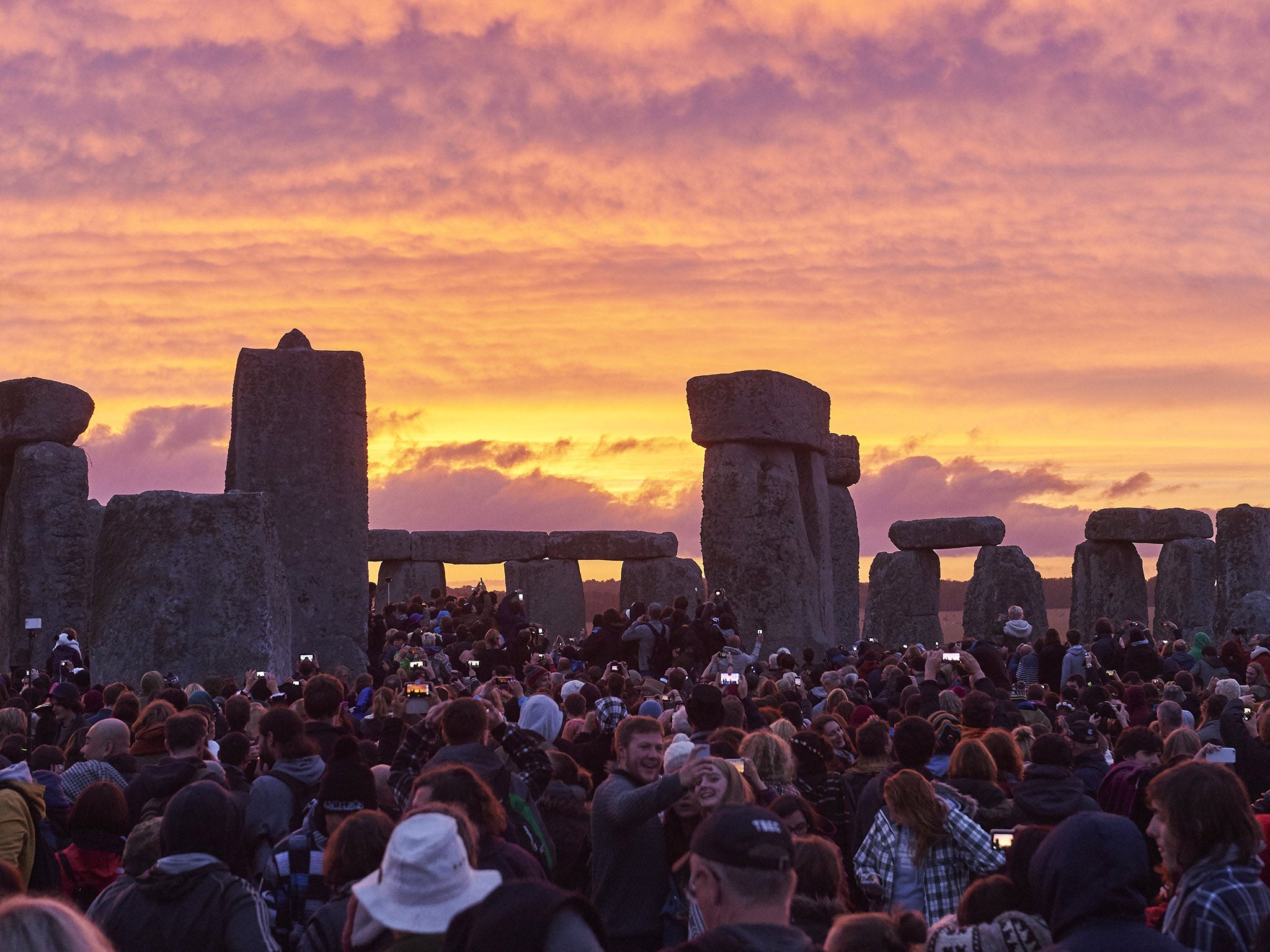Summer Solstice and Strawberry Moon: Everything you need to know about the longest day of the year
This year’s solstice coincides with the Strawberry Moon – a once-in-a-lifetime occurence

Your support helps us to tell the story
From reproductive rights to climate change to Big Tech, The Independent is on the ground when the story is developing. Whether it's investigating the financials of Elon Musk's pro-Trump PAC or producing our latest documentary, 'The A Word', which shines a light on the American women fighting for reproductive rights, we know how important it is to parse out the facts from the messaging.
At such a critical moment in US history, we need reporters on the ground. Your donation allows us to keep sending journalists to speak to both sides of the story.
The Independent is trusted by Americans across the entire political spectrum. And unlike many other quality news outlets, we choose not to lock Americans out of our reporting and analysis with paywalls. We believe quality journalism should be available to everyone, paid for by those who can afford it.
Your support makes all the difference.The summer solstice is the longest day of the year, a day falling around late June when there are approximately 17 hours of light.
The name comes from the Latin solstitium meaning “sun stands still”. It happens because the sun stops heading north at the Tropic of Cancer and then returns back southwards.
In the northern hemisphere this means the days begin to get shorter.
But 2016 is a special year, because the solstice coincides with the Strawberry Moon, a once-in-a-lifetime occurence.
What is the Strawberry Moon?
It is a full moon, which occurs in June, named by early Native American tribes. It is a full moon like any other, but marks the beginning of the strawberry season. The two events coincide once every 70 years.
When is the summer solstice?
In the northern hemisphere, it can fall on different dates from year to year, between 20 and 22 June.
In 2016, it's on Monday 20 June. The sun will rise at 4.45am and sunset will happen at 10.34pm.
The winter solstice (the shortest day of the year) falls between 20 and 22 December in the UK. This year it's on 21 December.
Here's a list of the dates and times of solstices and equinoxes this year.
-
Vernal Equinox (Spring) March 20 2016 04:30 GMT
-
Summer Solstice (Summer) June 20 2016 22:34 GMT
-
Autumnal Equinox (Fall) September 22 2016 14:21 GMT
-
Winter Solstice (Winter) December 21 2016 10:44 GMT
Why is the summer solstice significant?
The summer solstice is a special day for many as it means the start of the summer.
It has links to many ancient cultural practices as different cultures have celebrated it being symbolic of renewal, fertility and harvest.
Why is Stonehenge significant for the solstice?
Stonehenge in Wiltshire is the most popular place in the UK to celebrate the longest day because the prehistoric monument aligns to the solstices. The rising sun only reaches the middle of the stones one day of the year when it shines on the central altar.
It is thought the original builders of Stonehenge had taken giant bluestones from the Preseli Hills in Pembrokeshire to build the inner ring of stones at the monument for reasons that are not fully understood.
The English Heritage-run site is expecting around 20,000 visitors this year.
How to celebrate the summer solstice?
Every year, hundreds of pagans and non-pagans congregate at Stonehenge to see the sun rise in the morning and welcome in the summer.
Some pagans and druids perform a fire ritual to celebrate the occasion. This involves people with unlit candles forming a circle around a large central candle and lighting theirs off it one at a time.
In Sweden, it’s traditional to eat your way through the entire day. Feasts typically involve lots of potatoes and herring.
Join our commenting forum
Join thought-provoking conversations, follow other Independent readers and see their replies
Comments